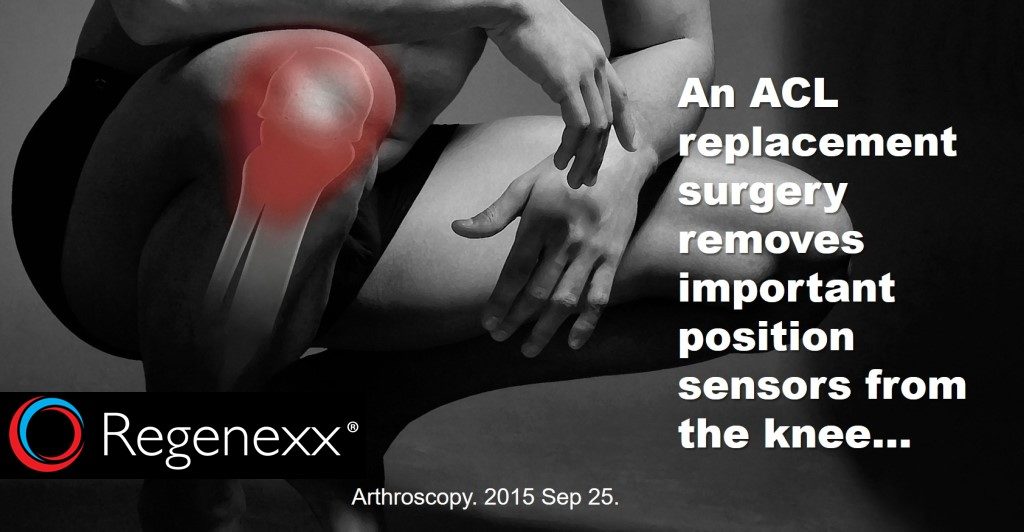ACL Knee Surgery Options: Preserve the Stump?
There are a few ACL knee surgery options, but most patients view ACL surgery as something akin to getting a worn out part in their car replaced. Going with the car analogy, we’d all be perturbed if we later found out that the part wasn’t as good as the original. This is what happens everyday when the native ACL ligament is ripped out and replaced. A recent study highlights why that happens and makes a case for preserving at least a part of the original ligament.
First, the ACL ligament is a front back and rotational stabilizer of the knee that can get injured or torn in any number of athletic endeavors. The ligament contains important sensors which help you judge everything from how to coordinate your muscles during jumping, landing, and cutting to fine tuning these same muscles while you run. When someone undergoes a modern ACL reconstruction surgery, the original ligament with it’s important sensors are ripped out of the knee and holes are drilled where the ligament used to attach. As a result, many studies have shown that ACL reconstructed knees lack normal position sense and that these patients have deficits in landing a jump among other things. Because of these issues, new technology now allows many of our patients to avoid these destructive ACL surgeries. For example, most of our ACL tear patients now get a precise injection of stem cells into the ligament to heal what they have, so they end up keeping all of these essential position sensors.
A recent study sought to figure out what happens to all of these critical sensors in the ligament after surgery. The authors took ACL remnant stumps (the part that used to attach to bone) and initially found a rich network of about 250 sensors of 4 different types. However, they also noted that the number of receptors in the ligament declined with the time from tear to surgery, indicating that the body, ever careful to conserve resources, gets rid of the sensors when the pulling on the ligament ceases. The authors make the case for preserving the ACL ligament stump, which is an interesting idea. While this would make good sense, I have never seen any surgeon actually make any attempt to preserve any part of the original ligament.
The upshot? There is no knee surgery that removes and replaces a part where the patient is made whole and the knee performs like the original equipment. ACL reconstruction surgeries are no different, they all end up getting rid of important position sensors in the ligament that aren’t replaced. Obviously, we’re advocates in most cases of ACL tears for regrowing the ligament in situ with precise injections of your own stem cells. If that’s not possible, then you can certainly make a stump preservation case. Allowing those critical sensors to stay in place should allow athletes to end up with a knee that works as close to the original specs as feasible!

If you have questions or comments about this blog post, please email us at [email protected]
NOTE: This blog post provides general information to help the reader better understand regenerative medicine, musculoskeletal health, and related subjects. All content provided in this blog, website, or any linked materials, including text, graphics, images, patient profiles, outcomes, and information, are not intended and should not be considered or used as a substitute for medical advice, diagnosis, or treatment. Please always consult with a professional and certified healthcare provider to discuss if a treatment is right for you.
